Hunting with decoys can mean the difference between no turkeys and a decent harvest. If you’re considering how to set up your decoy spread, spend some time getting to know the turkeys in your area—after all, that’s what you’re trying to imitate! If you don’t see any breeding hens in the area, then it might not be the best time to use your breeding hen decoy.
Still, there is some general advice we can give on the best turkey decoy setups for different times in the season. Different decoy spreads will attract turkeys for different reasons, and it’s important to get to know these intricacies.
Hens, Jakes, and Toms
Your turkey decoys will either be hens, jakes, or toms. Any of these can be used to attract toms, who will pursue the hens and act aggressively toward the jakes or toms. However, a large strutting tom decoy runs the risk of intimidating your actual toms, in which case they might not approach.
Early Season
If you’ll be hunting the early season, multiple hens with a single strutting jake or tom will work well. This creates an appealing situation for another tom to come in.
Late Season
If you’ll be hunting later in the season, a breeding-style hen with a jake will create a good setup. A jake decoy in this setup will not intimidate most toms, as a full-strut tom might.

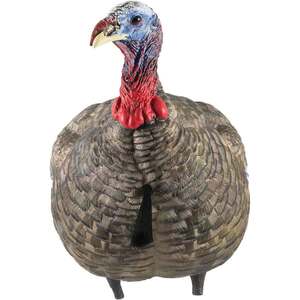
 Pick Up in Store
Pick Up in Store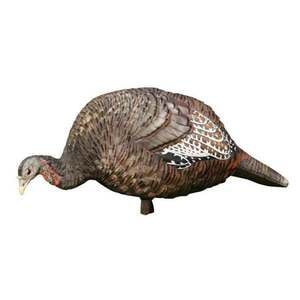
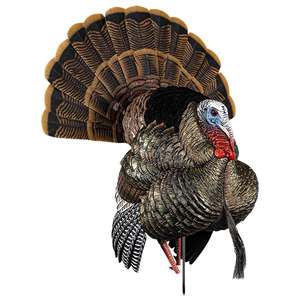
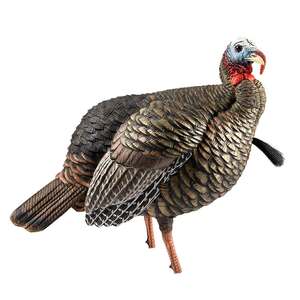
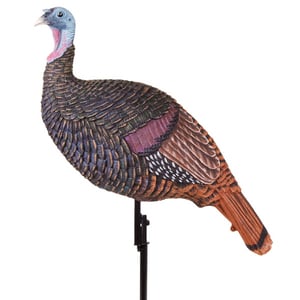
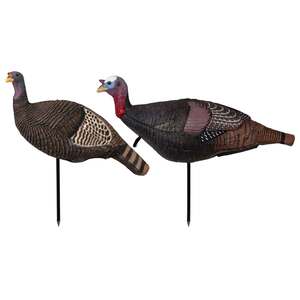
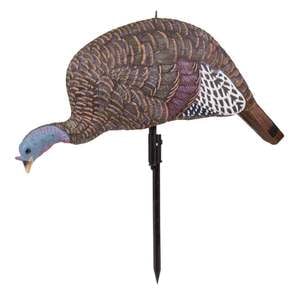
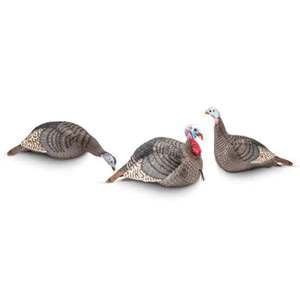
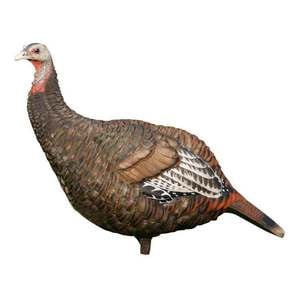
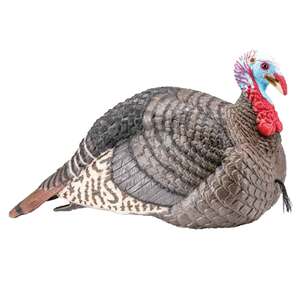
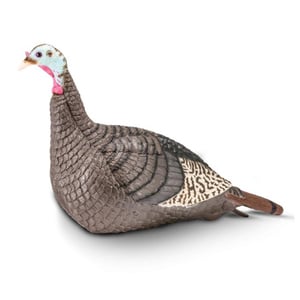
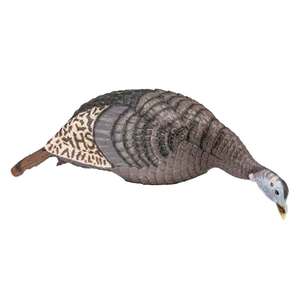
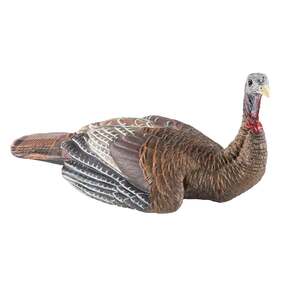
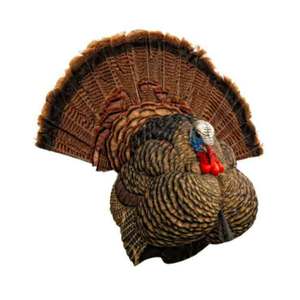
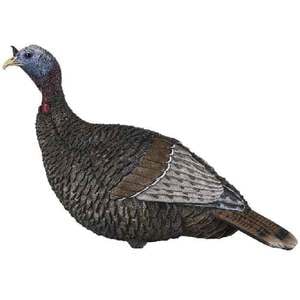
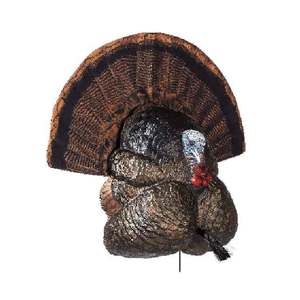
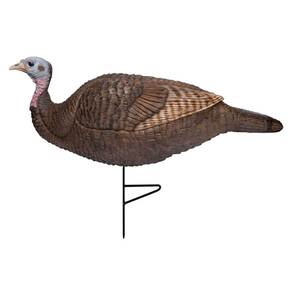
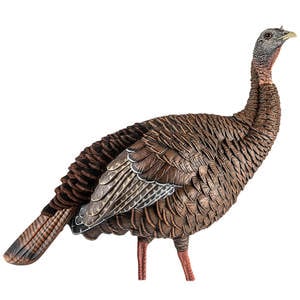
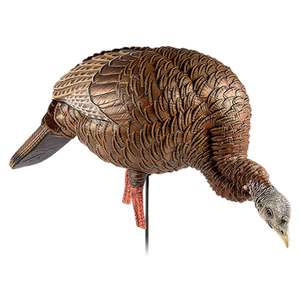
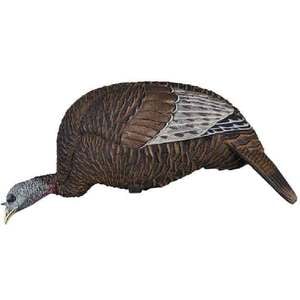
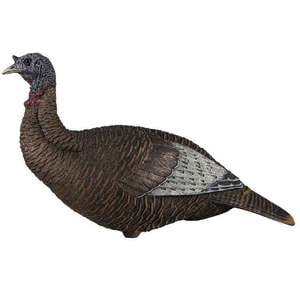
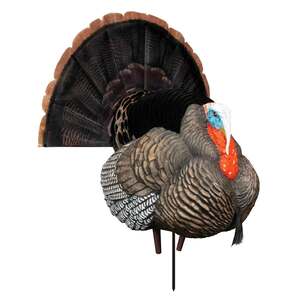
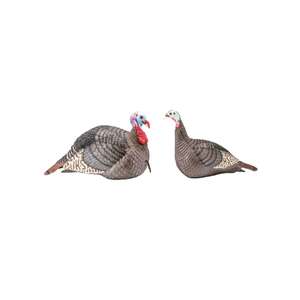
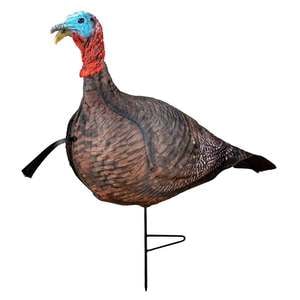
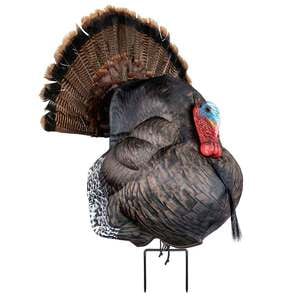
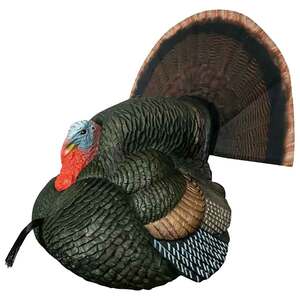
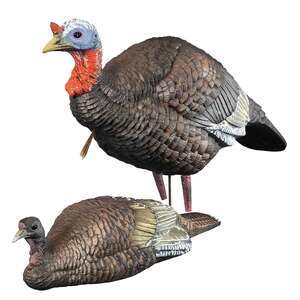
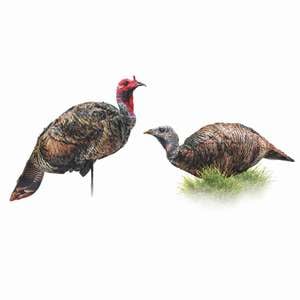
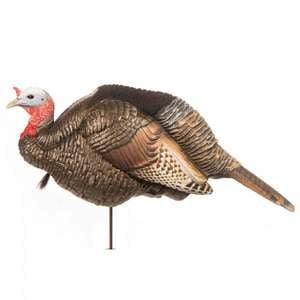
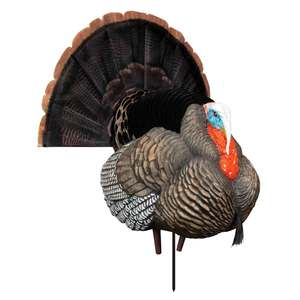
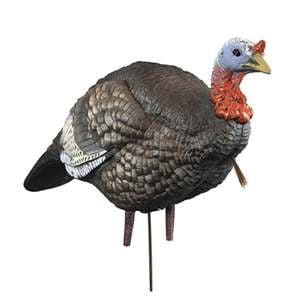
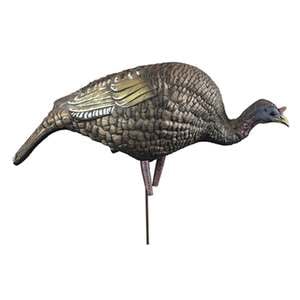
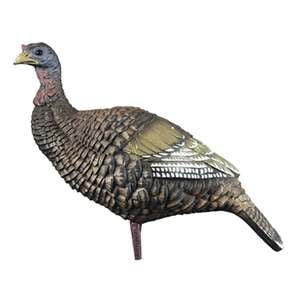
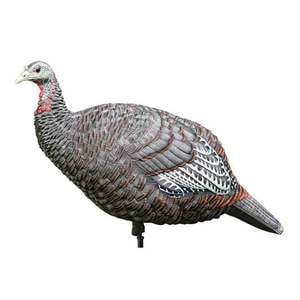
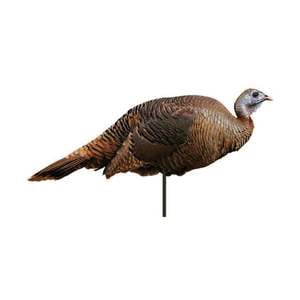
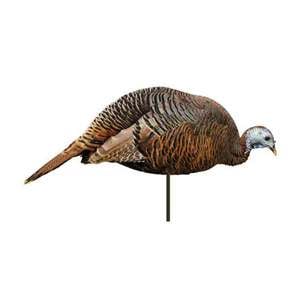
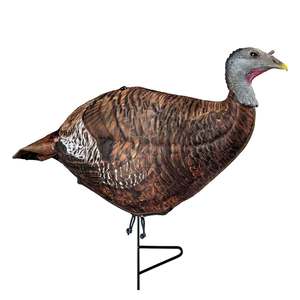
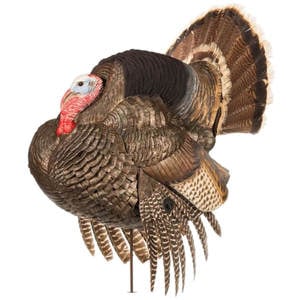
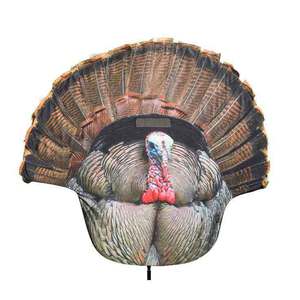
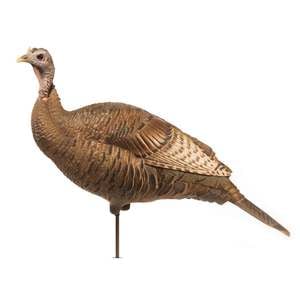
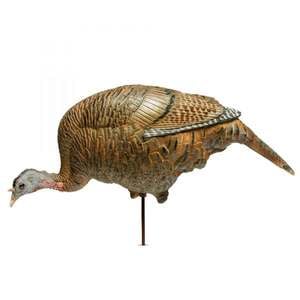
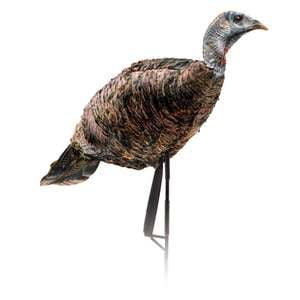
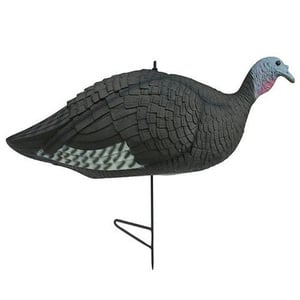
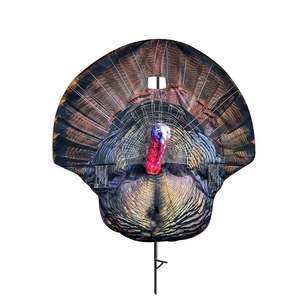
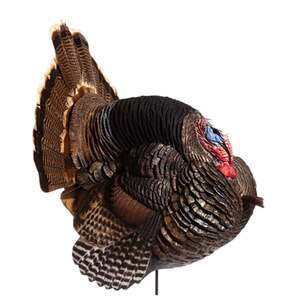
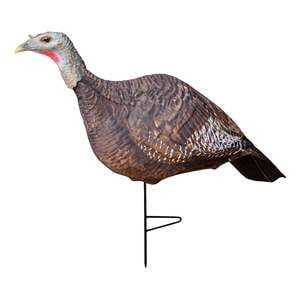
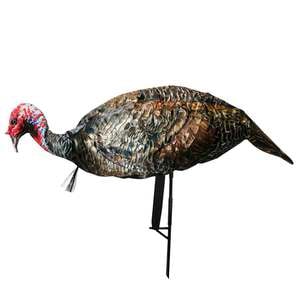
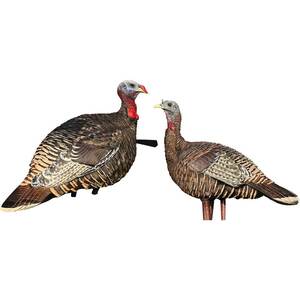
 Ship To Store
Ship To Store